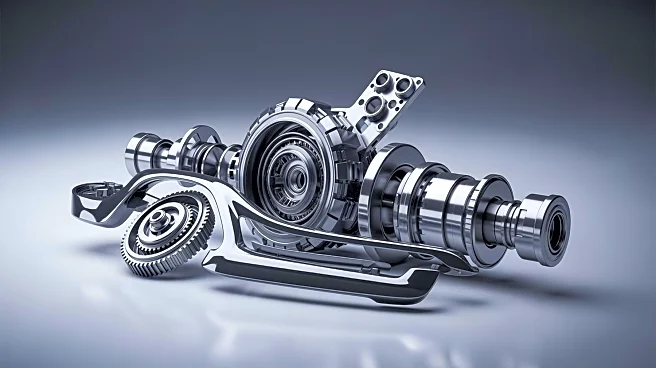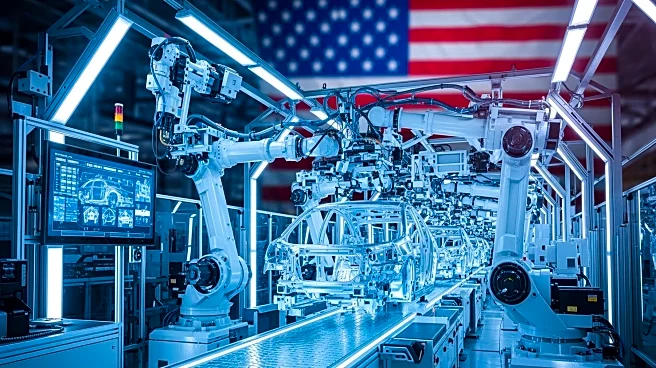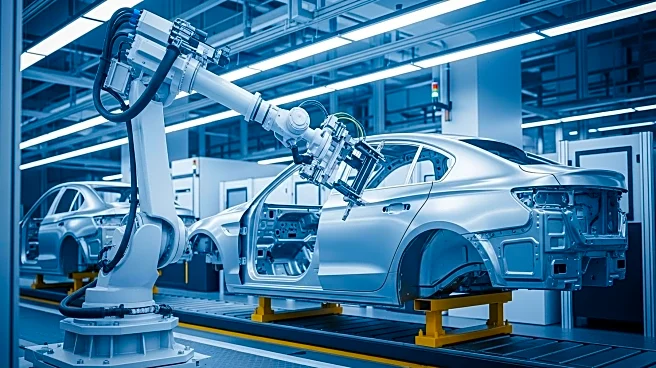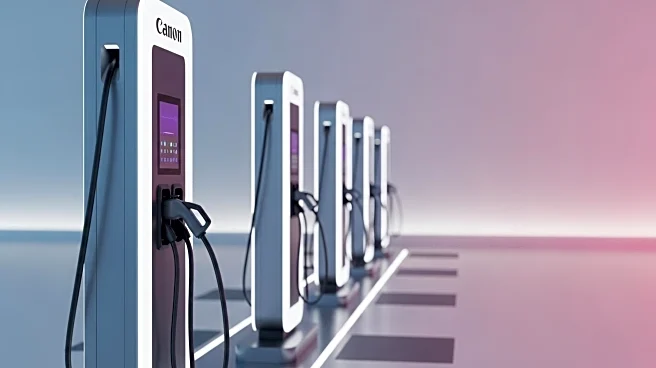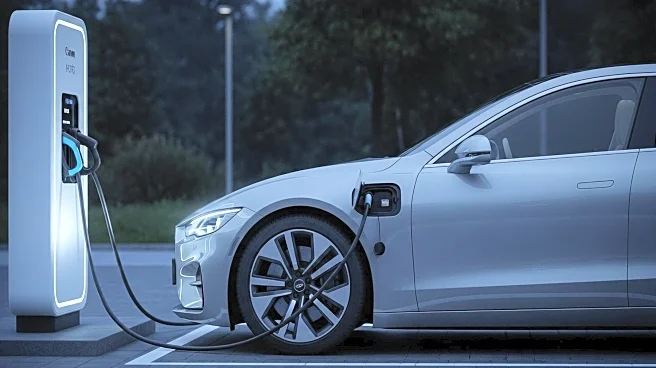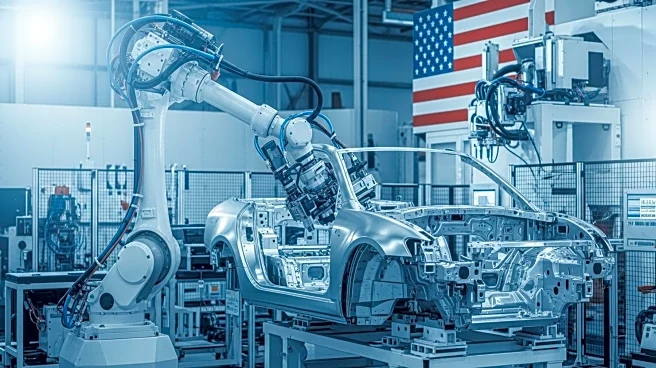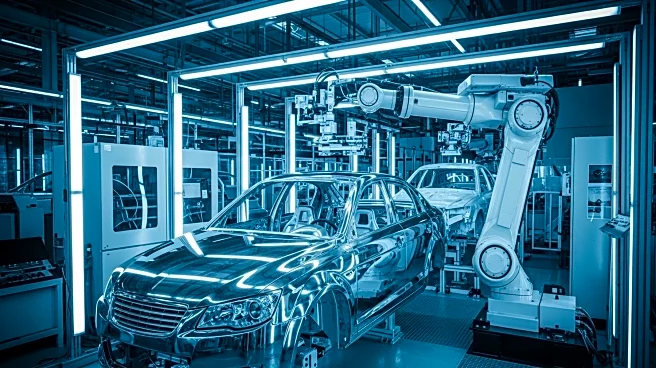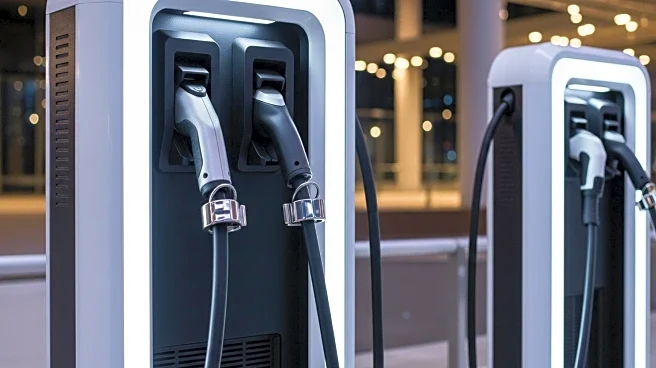What's Happening?
Suppliers in the automotive industry are facing significant challenges due to ongoing disruptions such as tariff complexities, weak consumer adoption of electric vehicles (EVs), and supply chain volatility.
These factors are causing uncertainty in both short- and long-term planning. As a result, there is a growing call for these suppliers to diversify their revenue streams beyond the traditional automotive market. This diversification could involve exploring industries that utilize similar technologies and materials, such as energy storage systems and data centers. The move is seen as a way to fill the demand gap for EV batteries and provide a new revenue stream, albeit potentially smaller than the automotive sector. However, this shift requires a strategic evaluation of research and development (R&D) adjustments and capital expenditures (CapEx).
Why It's Important?
The push for diversification is crucial as it offers a potential solution to mitigate the risks associated with the current instability in the automotive industry. By exploring new markets, suppliers can reduce their dependency on the automotive sector and potentially stabilize their revenue streams. This strategic shift could also drive innovation and technological advancements as companies adapt their products for different applications. The broader impact on U.S. industries includes potential growth in sectors like energy storage and data centers, which could benefit from the influx of technology and expertise from automotive suppliers. However, the transition requires careful planning and investment, which could pose challenges for companies with limited resources.
What's Next?
For automotive suppliers considering diversification, the next steps involve a thorough assessment of their current capabilities and the potential new markets. This includes evaluating the competitiveness of their technology, understanding the growth potential of new markets, and identifying operational gaps. Companies must decide whether to pursue organic growth, acquisitions, or a combination of both to enter new markets. Establishing commercial relationships and building a customer base in these new sectors will be critical. As the automotive industry continues to face uncertainty, suppliers that successfully diversify may gain a competitive edge and enhance their resilience against future disruptions.
Beyond the Headlines
The diversification of automotive suppliers into new markets could have long-term implications for the industry. It may lead to a more resilient supply chain and foster innovation across multiple sectors. Additionally, this shift could influence the regulatory landscape as new industries adopt automotive-level safety and quality standards. The cultural shift within companies as they adapt to new markets may also drive changes in corporate strategies and workforce development. Overall, the move towards diversification could reshape the landscape of the U.S. manufacturing sector, promoting a more interconnected and versatile industrial base.
